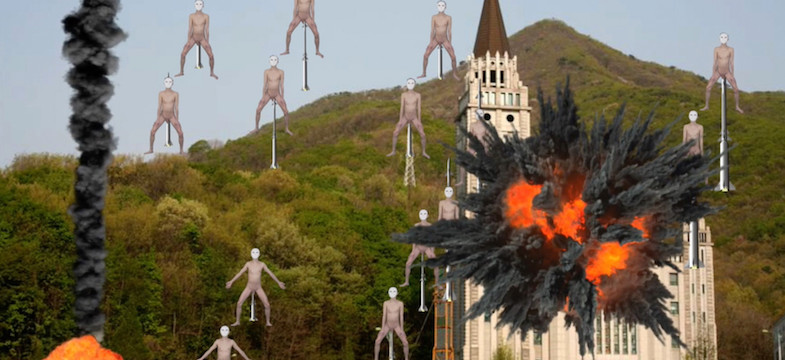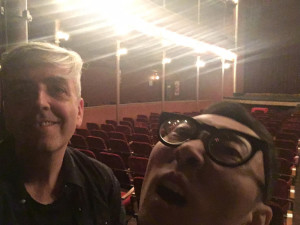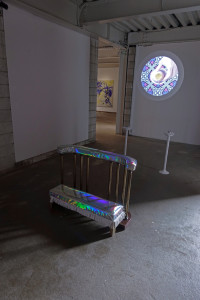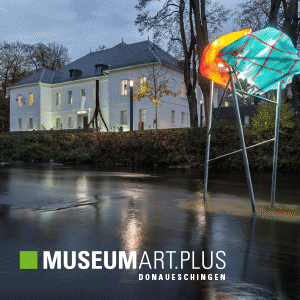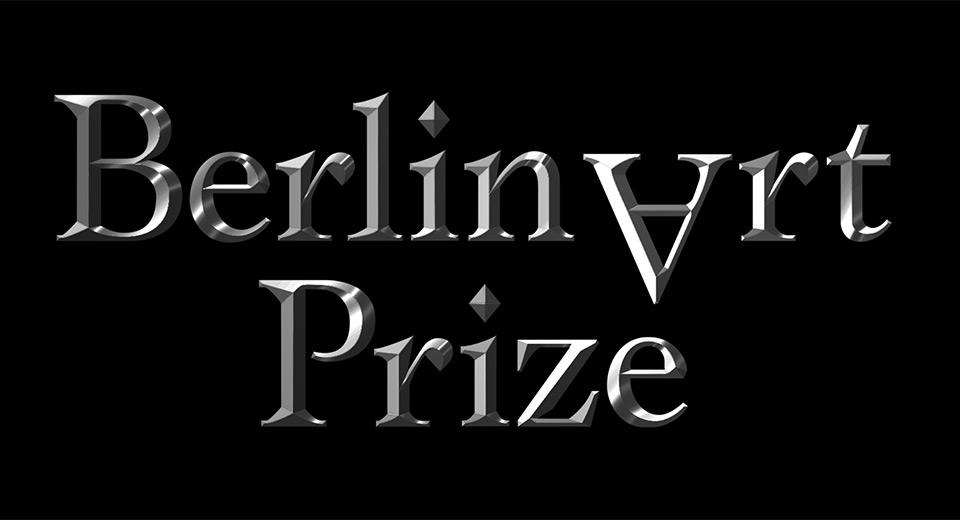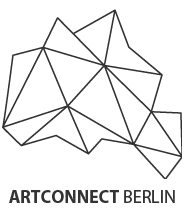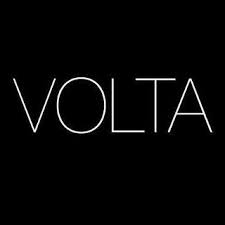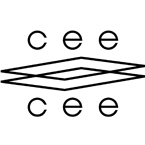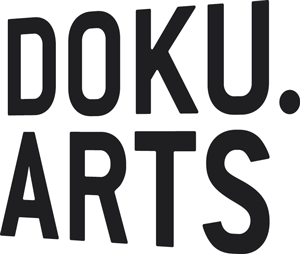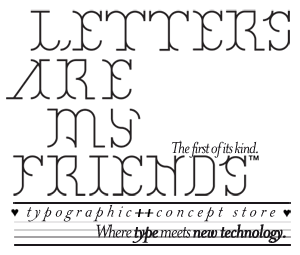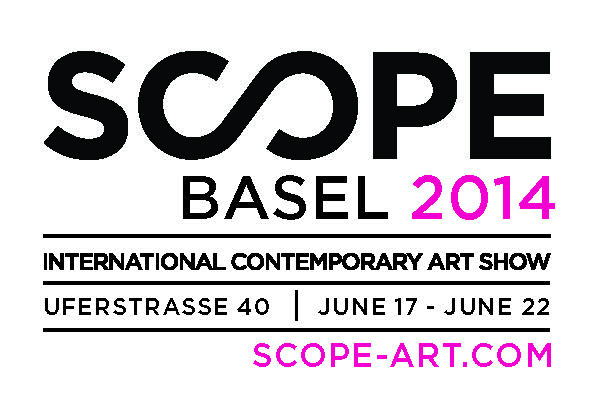Dear Dew, dear Luciano! Please tell us more about the origins of TcoET. How did a visual artist and an experimental filmmaker met and decided to make a church?
TcoET was conceived by us around the time Luciano delivered a paper entitled “Approaching Telepathy from a Decolonial and Posthuman Perspective: Moving Image as Direct Theory”. For the 7th Conference “From Humanism to Post and Transhumanism” held at Ewha Woman’s University in Seoul, South Korea. At the time it was an idea, a theory. It was only when Dew added the church element, that TcoET became operational, and suddenly we started producing work!
The work we do is very diverse, messy and unorganized but prolific and perhaps inspired in the potential of art, in particular, the moving image potential as a form of direct theory, or liquid architecture of the fourth dimension.
Our influences range from early writings of science-mysticism such as Ouspensky’s Tertium Organum to Gene Youngblood’s expanded cinema and to current post-cyber feminisms debates. TcoET advocates the idea of super luxury mystic communism and gender abolitionism as a path to full expanded post-cyber feminism. And in reference to sexual politics, we like the writings of Mario Mieli, Monique Wittig and Jules Joanne Gleeson.
In order to reinvent moving image as a post-cyber feminist philosophy, we need to move away both from film genres and traditional sexual identities.
TcoET avoids narrative, storytelling or predetermined ideas of what a film is about. We don’t even think the agential cut (making a reference to Karen Barad here) is necessary anymore to organize film production, which we think of as a pure ontology of movement, re-sequencing of space-time, moving image as sculpture or hyper-object. The format is the flow, it is open and by channelling expanded telepathy (sexual and inhuman influences) the work is being produced. For our first screening at 2016 Asterisco International LGBTIQ Film Festival and the Buenos Aires Biennial of Moving Image (BIM), we produced a 60-minute film program*.
TcoET works with de-automatization and expanded telepathy as a mode of direct knowledge within moving image as philosophy. Could you tell us more about this concept and explain the meaning of „expanded telepathy“?
TcoET is premised on the notion that we urgently need our critical discourses and thinking to transmute into a form of trans-discipline that acquires post-cyber feminist intentionality, beyond the limited syntax of voice, visuals and texts that dominates both academia and today’s communication networks. To respond to this emergent epistemological challenges we need to broaden our channels of exchange, and engage the potency of experimental film, expanded cinema and art’s method beyond the modern logocentric paradigm.
Disautomatization (defamiliarisation) has been a vital art technique used by the Russian avant-garde (estranie)**. Viktor Shklovsky in his classic 1917 essay “Art as Technique” termed defamiliarisation, used it as the key strategy for producing the unreality of cosmic horror. Defamiliarization cancels the habituated meanings of the human world and allows appearances to float free. For TcoET, this technique is central to create a different assemblage of sexuality as a force that creates connections to the inhuman, post and transhuman cosmos.
We think that to connect beyond the human(ist) world, it is also necessary to communicate these cosmic impressions with a new “language”, that we termed Expanded Telepathy. Expanded Telepathy is not just technological telepathy (which as a material culture may include data flows, hyperobjects and inhuman intelligence) but also a wish for a post-capitalist, a post-internet form of communication. Perhaps as Karen Barad may put it, beyond individualist metaphysics. TcoET thinks that individualist metaphysics underpins most notions of telepathy, both technological, psychic and even artistic, and it needs to be changed. So the idea of telepathy should be more similar to ideology and the bubble of intentionality that surrounds corporal reality. Unfortunately, most contemporary artists and performers working with telepathy engage with a XIX century notion of telepathy, ESP as the power of individual minds, and this old idea remains a powerful undertow.
Your performance practice involves sexuality and religion, too, like in the video THE EGG. Where does the interest in this topics come from? What is crucial for you to say?
‘The Egg‘ is part of the work ‚Take Me To Church’, where hidden architectures redefine the space of body, religion and sadomasochistic sexuality. Bataille says that the inner experience of eroticism demands from the subject sensitiveness to the anguish at the heart of the taboo no less great than the desire which leads him to infringe it. This is religious (mystic) sensibility, and it always links desire closely with terror, intense pleasure and anguish. In ‘Take Me To Church’, the narrative uncovers a type of energy that when harnessed to devotion to something or someone, gives the devotee, the submissive, the masochist, the martyr, an ability to do something special, to step outside the current limitations of the human. Perhaps one of our most specific and narrative works, we try to disarticulate the dominant narratives about religion by reinventing ‘religious (mystic) sensibilities’ as an aspect of submission within the practice of sadomasochism.
Has anyone ever described having a transcendental or religious experience inside your art-installations or did you have such experiences by yourself?
We don’t seek transcendental or religious experiences or any return to pre-modern modes of existence. The assemblages we propose are posthuman and necessarily beyond the binaries of collective, individual, mind, body, soul etc. We seek an opening in the hegemonic mode of production and reproduction of our mystic, transcend sexual imaginations, it involves several dimensions at the same time: the intellect, the body and our memories in the cosmos or the ethical-onto-epistemological dimension of our field of relationality –what we call the area of expanded telepathy.
We want to facilitate a conversation with the inhuman, posthuman, and beyond the humanist bubble that controls everything we do.
A revolt against the kundabuffer! …. what could be the tactic here? TcoET films intend to spark a dialogue with thinkers and other artists to awake or invoke other planes and modes of existence, what Hinton called the fourth-dimensional space. For that moving image, away from filmmaking becomes a powerful technological tool for sequencing space-time differently and changing the past and future.
Last year you were invited to be part of the Buenos Aires Biennial of the Moving Image (BIM). There you got an overview of other video artists and filmmakers – do you see any new developments in the field of video art? Are Western artists interested in other topics or techniques then artists from Latin-America or Asia?
The problem of Contemporary Art is that its project is universal – not pluriversal. It reflects the idiotic interests of the rich and the struggle to think and sense differently has no chance of success within the sphere of Contemporary Art. Mediocre and functional celebrities dominate it, but where to migrate, to go? Philosophy, politics?
The illusion that art is a field of resistance and not a close associate of global financial players is now fading fast.
We know that the forms of this conversation are dominated by the logic of power located in the centre, and the centre not only in geopolitical terms but more importantly regarding memory and imagination – the ethical-onto-epistemology of the dominant matrix.
Argentine, Latin American, Asian and the world queerest filmmakers have a slim chance to fight back this logic. We see this when we are in Europe. We need to go out from London to produce our weirdest and most confused work, our primary objective. It’s like Europe disciplines imagination through very formal, rigid and regimented aesthetics; professionalism is the main priority in Europe. Art and aesthetics have become a powerful enemy for independent artists. Walter Mignolo proposes to ditch the term Aesthetics in favour of Aesthesis.
When Europe speaks of the world, it edits it out, making a cut according to their colonial projections, but with the pretension of universality, this posture infuriates artists that have no access to the center – this is a long debate well documented by Mignolo and Vazquez in an online article (Decolonial AestheSis: Colonial Wounds/Decolonial Healings).
Berlinale is perhaps a smart player in this game, a high centre of hypocrisy, that edits out the world according to their hetero-bourgeoisie „matrix“, with a veil of plurality, very disturbing. TcoET hates Berlinale, Oberhausen and Rotterdam!
TcoET has always been excluded from “experimental film festivals”, only accepted in the non-Eurocentric world. In fact, during our screenings in Buenos Aires, we were doubly honoured to learn at the time that the BIM was giving priority to Asia-Latin America productions, and we were the only selected program produced mostly in Europe.
Where can readers, hooked by your art, view your works right now and in the next months?
Check out our website. We want to produce a version of our films for web-tv and hoping to upload TcoET #8 recently screened at the ICA in London (the post cyberfeminist international event), so it can be view online, but it is tricky as our content will be censored in YouTube. Dew has two solo shows coming up in Seoul and TcoET will be part of it. In June we will be producing a post cyberfeminist music video set in the Chinese educational city of Suzhou to celebrate the first world congress of philosophy happening for the first time in China. In Berlin, we are part of the group exhibition ‚Beyond the Moon‘ at Projektgalerie Haus am Lützowpöatz opening in March.
Those are great perspectives on many levels: Thank you both very much for taking time, and we are looking forward very much to see & feel you soon again!
++++++++++++++
TcoET https://www.tcoet.space/
Dew Kim (Aka HornyHoneydew) is a South Korean artist based in London and Seoul. He works with sculpture, moving image, installation and performance. His performance practice involves sexuality, queer, feminism, sadomasochism, pop culture, religion, mysticism, and the body as forms of knowledge and research. He exhibited work at The Institute of Contemporary Art (ICA), Camden Arts Centre, London, and Art Space O, Seoul. He graduated from Royal College of Art, MA Sculpture, and completed the residency program at Cité Internationale des Arts, Paris (2015) and Pilotenkueche, Leipzig (2017).
https://www.hornyhoneydew.com/
Luciano Zubillaga is an Argentine artist based in London since 1993 and now working between London and Shanghai, China. He works with sound, moving image, drawing, text and performance. His work involves transdisciplinary research in the intersections of philosophy, science, mysticism and collaborative art practice. He recently exhibited work at Buenos Aires Museum of Modern Art, The Institute of Contemporary Art (ICA) and Sluice Art Fair, London. His first feature film, Things to Come, narrated in German language and based in the poetry of Rainer Maria Rilke, is distributed by Filmarmalade. In 2008, he received the London Artist Film and Video Awards (LAFVA), and his work is part of the British Artists‘ Film and Video Study Collection (BAFVS).
https://vimeo.com/lucianozubillaga
++++++++++++++
*For the Asterisco film program, TcoET collaborated with filmmaker Daniel Böhm, thinker Zairong Xiang and performer Alan do Oro. For that screening, Asterisco director and writer Diego Trerotola wrote:
“…And if telepathy is a communicative property that goes beyond the senses and physical forms, the expansion they propose is another way of opening that intangible dimension that can only be inhabited at present by a video image that, like that which both propose, crosses the barriers of identity belonging and faces up to the drift of plural voice and body. That temple profaned by expansion is made up as much by post-identity cyborg sex, which never renounces eroticism and sensuality, as by a documentary contemplation as a perplexed hallucination of contemporary life. In the middle of that, the stained glass of the church that they gradual construct modifies the light, and if it has K-pop colour and looks close to being a video clip, it ends up being a video creep with freak performance included. So it is that in the meeting of Kim and Zubillaga all genre’s overflow until porn and technology devours it, until the post-human extras and their waste becomes a loop where everything is the vertigo of the gaze”.
** About Estranie, meaning “estrangement” in the Russian language, and an essential concept in Russian avant-garde, mysticism and suprematism.
Header Photo: video still <Ceremony>, 2016
Authors: Barbara Green, Wayra Schübel von GREEN | GONZALEZ

